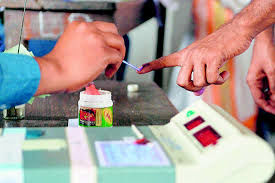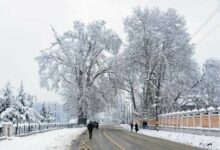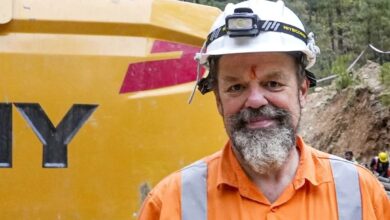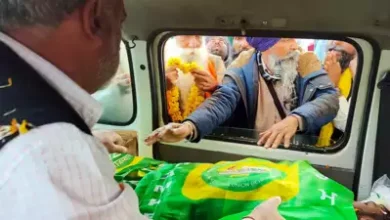Chandigarh had the highest voting in 2014 and the lowest in 1999
The Election Commission of India (ECI) has waged a vigorous campaign, although the city’s voting rate has not exceeded 75% since 1977. In 1999, the city had the lowest polling percentage (48%), and in 2014, it had the highest (73%).

The greatest voter turnout in the last 12 Lok Sabha elections was achieved in 2014 at 73.69 percent, while the lowest turnout was recorded in 1999 at 48.34 percent.
2014 saw Kirron Kher of the BJP beat four-time MP and Congress candidate Pawan Kumar Bansal. Considering Chandigarh’s voting patterns in the Lok Sabha elections of 2014 and 2019, it is evident that at least 70% of voters cast ballots. Seventy-five percent of the 6,46,729 voters cast ballots in the 2019 elections.
The city’s polling percentage was 66.53 percent in 1977, and this pattern persisted for the next three elections. The city had 63%, 68.10%, and 64.84% of people polled in 1980, 1984, and 1989, respectively. In a similar vein, 65.50 percent of polls were conducted in 2009. However, the polling percentage dropped to 57.31, 58.41, 53.23, and 50.91 for the next four years, 1991, 1996, 1998, and 2004.
The UT Administration has chosen to include labor unions, food delivery services, auto-rickshaw and taxi associations, and other organizations in an effort to increase voter participation in the next Lok Sabha elections.
To encourage Chandigarh residents to cast their ballots on June 1, the Administration will be interacting with the city’s educational institutions, hotel and restaurant owners’ associations, CITCO, the tourism department, industrial associations, labor unions, auto-rickshaw and taxi drivers’ associations, online meal delivery services, etc.
Representatives from many RWAs of the Chandigarh Residence Association Welfare Federation (CRAWFED) met recently with the Chief Electoral Officer, UT, as part of the SVEEP initiative.







